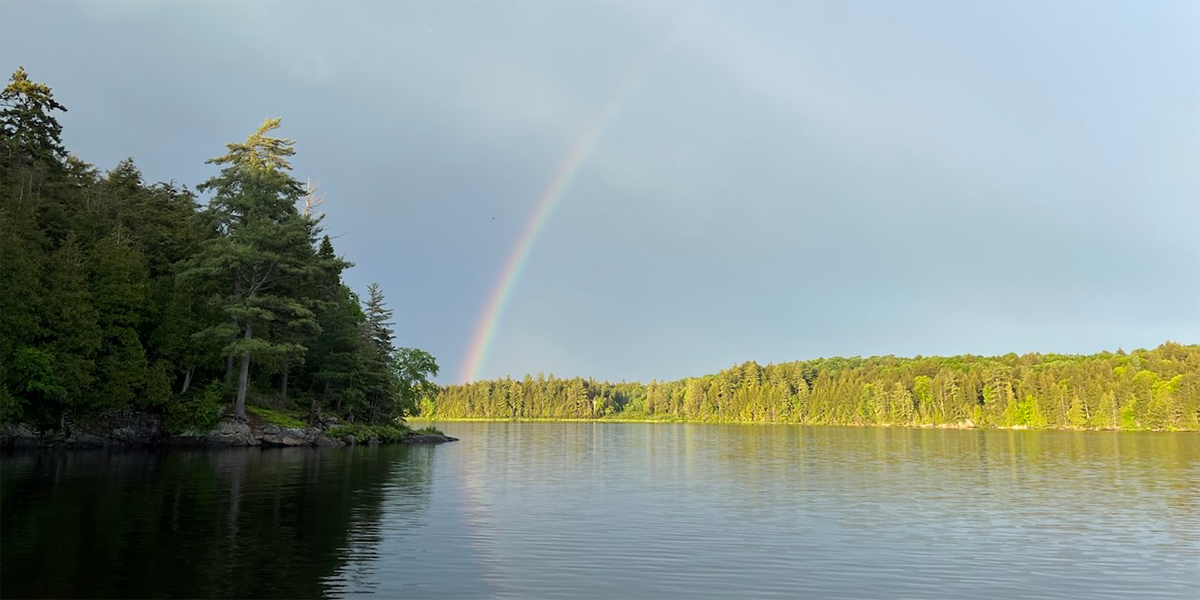When Sandra and I plan our backcountry canoe camping trips, we make sure to take the time to prepare properly. From selecting a route to packing our gear, we want to ensure that we have a great time and remain safe throughout our trip. This article will share some of our personal experiences and tips for planning a successful backcountry canoe camping trip.
Planning Your Next Expedition: A Starter Guide to Backcountry Canoe Camping
Selecting a Route
The first step in planning a backcountry canoe camping trip is to select a route that meets your desired challenge rating and trip length. We like to look at various sources of information, such as official park websites and outdoor guides written by experts like Kevin Callan , for route ideas. It’s important to ensure we’re planning challenging trips while respecting our knowledge and training level.
When selecting a route, we consider distance, difficulty level, and access to water sources. We like to choose challenging routes while providing opportunities for relaxation and enjoying the scenery. For example, on one trip, we paddled through Algonquin Park’s interior, where we faced challenging portages but also had the opportunity to take in the beautiful surroundings.
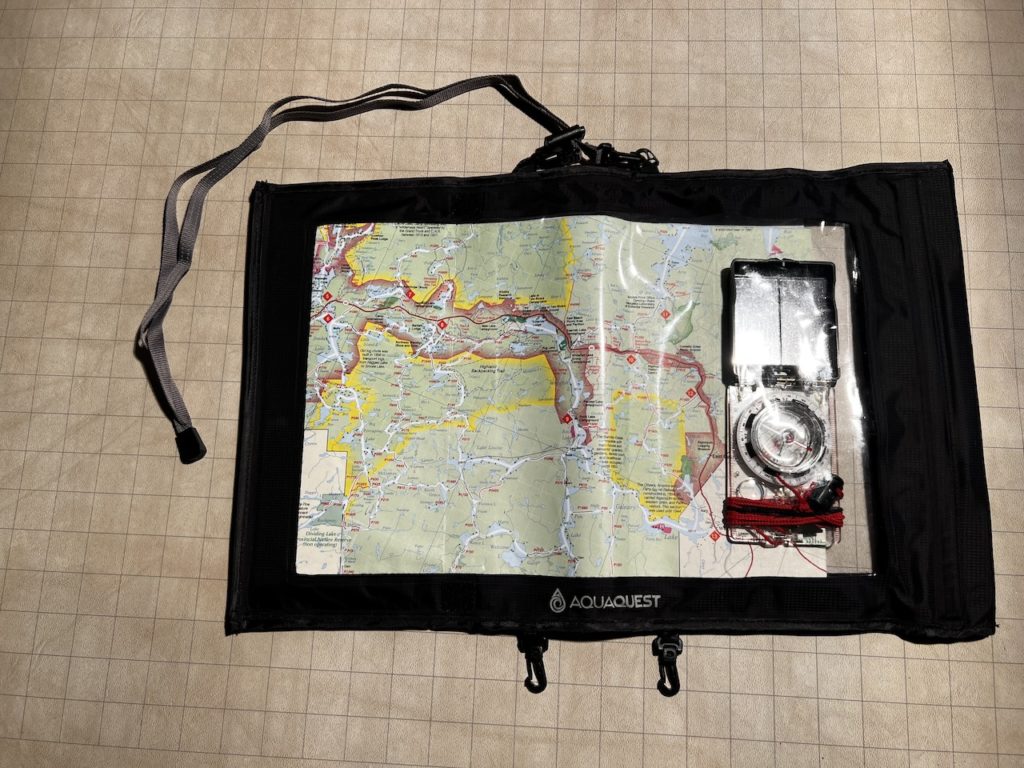
Creating a Meal Plan and Water Sources
once we’ve selected our route, we create a meal plan and identify potential water sources along the way. It’s important to plan for the number of days you’ll be camping and to bring enough food and water for the trip.
We like to use dehydrated food that we’ve prepared in advance, mixed with fresh food, to keep things interesting. For breakfast, we mix it up between store-bought oatmeal, nuts, and dried fruit, as well as our homemade breakfast skillet that’s just as good as the store-bought dehydrated packages. We also make porridge with nuts and dehydrated fruits, and on our rest days, we make eggs, pancakes, hash browns, bacon, and other breakfast treats.
We eat a mixture of pita, rehydrated hummus, peanut butter, flatbread, nuts, power bars, and other high-energy snacks for lunch. These keep us fueled and going throughout the day while paddling and portaging.
When planning for water sources, we look for clean and accessible water sources along our route, such as lakes, streams, and rivers. We bring a water filter and purification tablets to ensure we can safely drink the water.
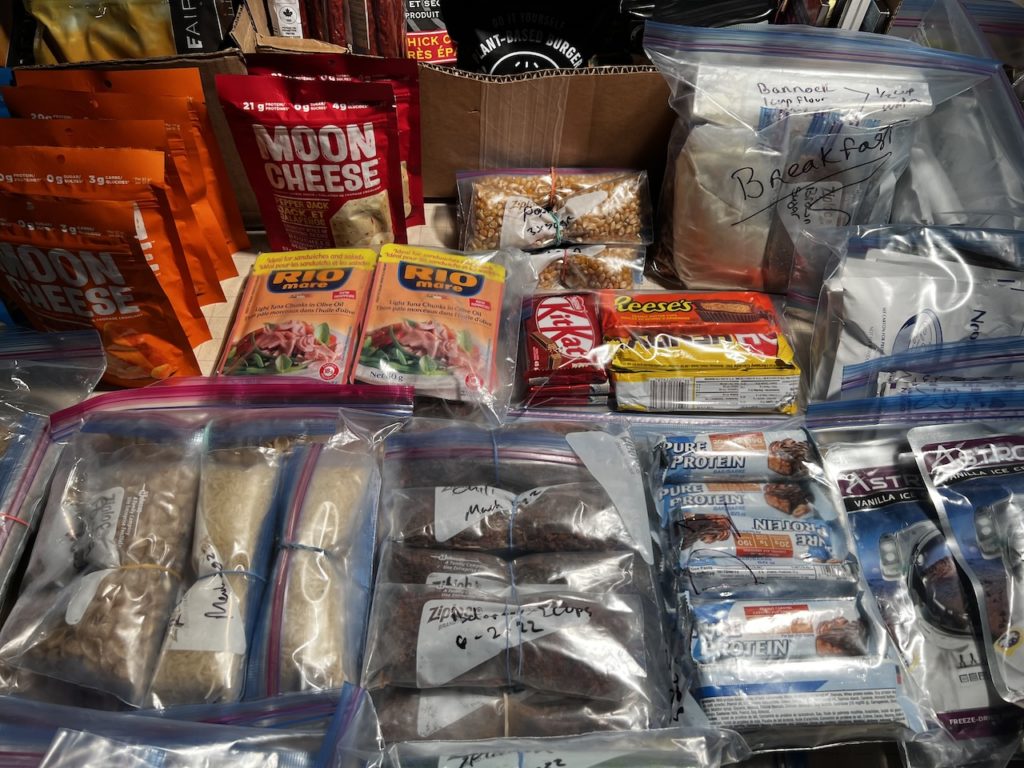
Checking Your Gear
Before heading out on a backcountry canoe camping trip, we ensure that our gear is in working condition and free of defects. We test our communication devices and GPS and charge our devices and spare batteries to ensure that we have the power we need for our trip durations and have access to our communications device in case of emergency.
We use gear that we trust and is suitable for the conditions we’ll be facing. We pack our gear using dry bags to ensure everything stays dry and functional. We prioritize our food and equipment and weigh our food and gear to ensure that we stay optimal and don’t waste our energy on heavy and unnecessary items.
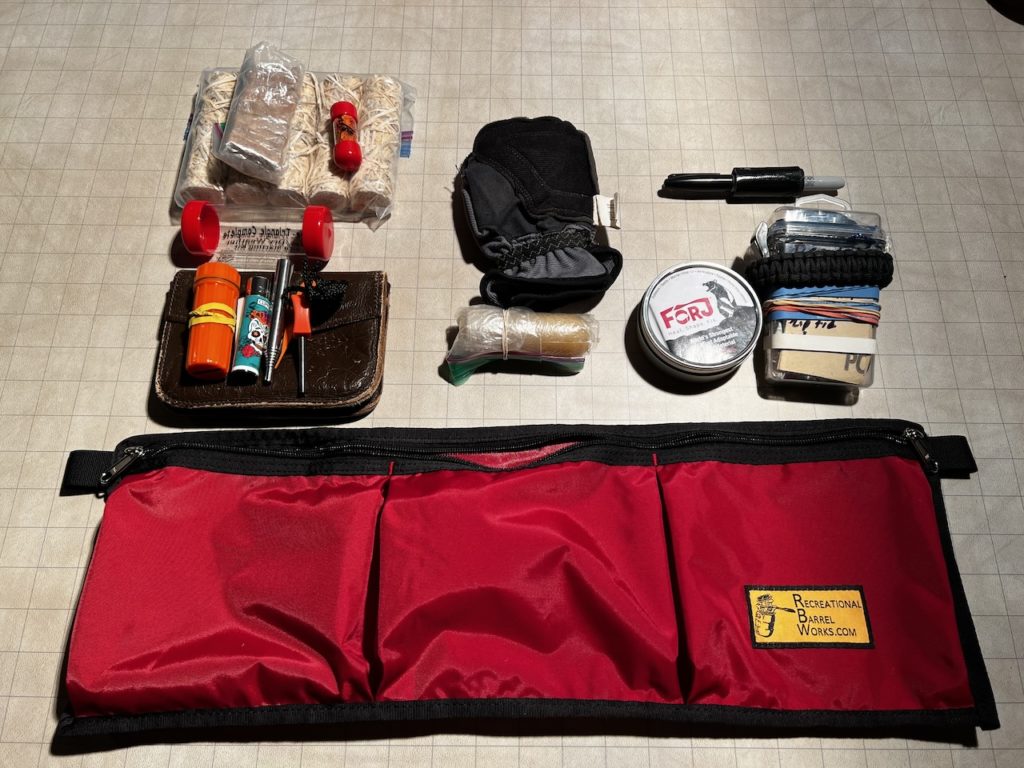
Planning for Emergencies
It’s also important to plan for emergencies and refresh our action plans to ensure that we have solutions in place if we face any unwanted surprises. We carry a first aid kit, a fire starter kit, a satellite communication device, and an emergency shelter, such as a bivy sack or tarp. We also check the weather forecast before our trip and bring appropriate gear, such as rain gear and warm clothing, to ensure that we stay dry and warm.
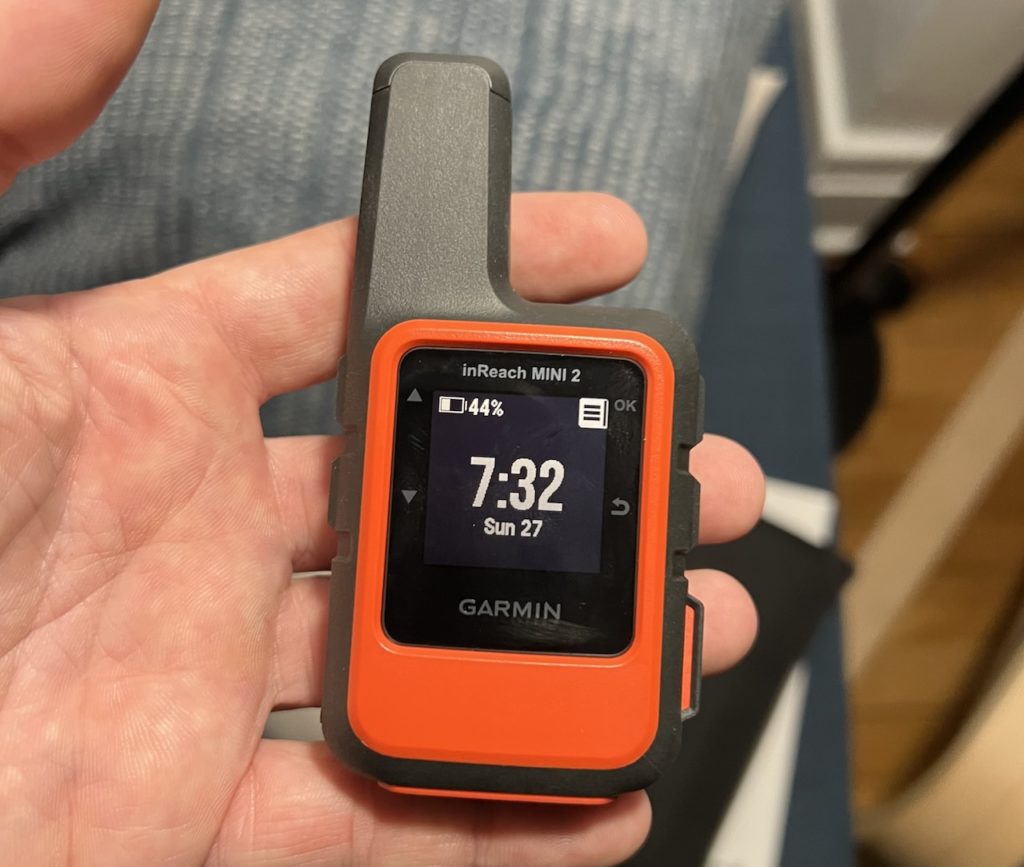
Conclusion
Properly preparing for a backcountry canoe camping trip helps ensure you have a great time and remain safe, even when facing unplanned challenges. We hope our personal experiences and tips help you plan your next expedition.
